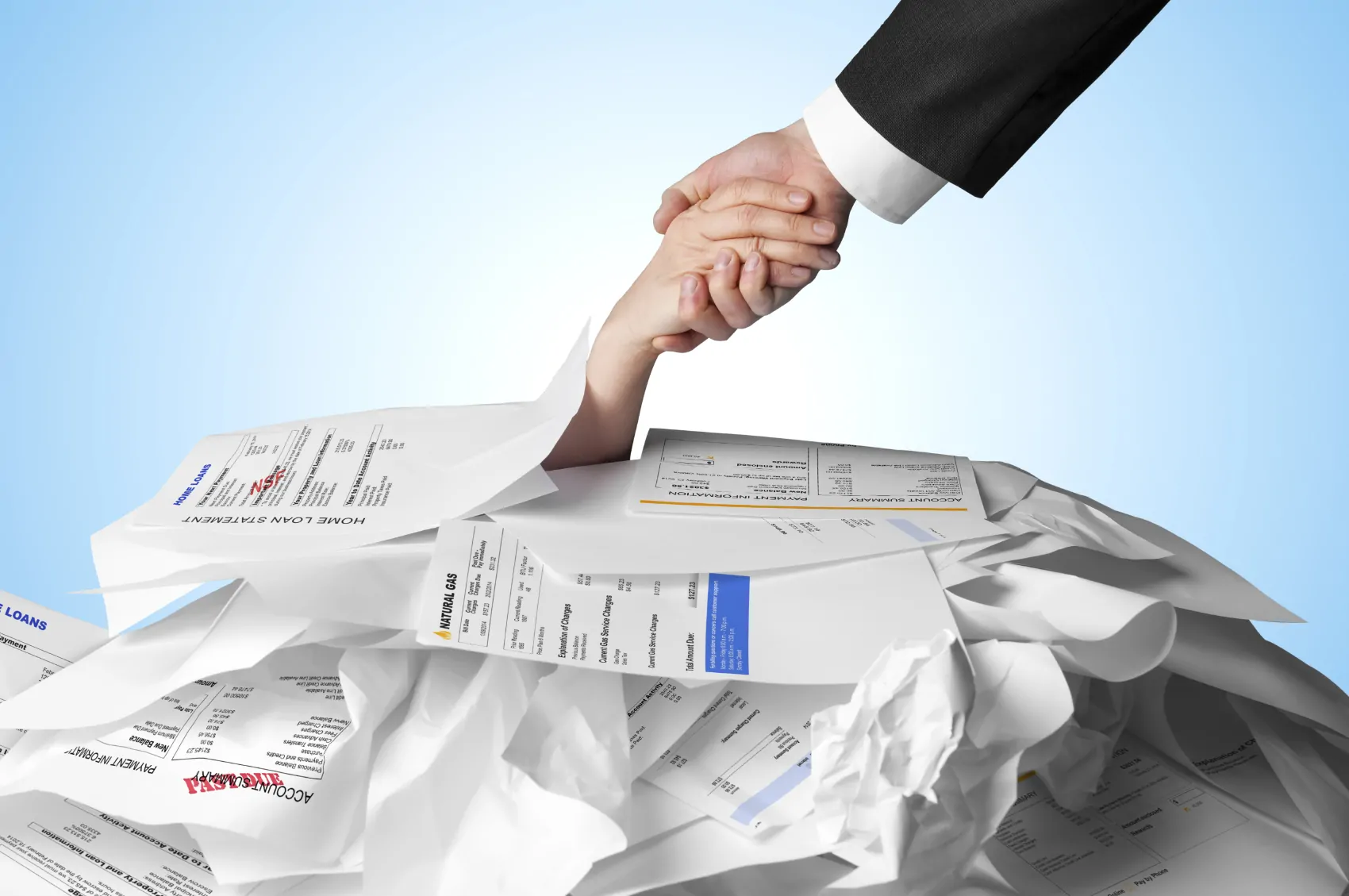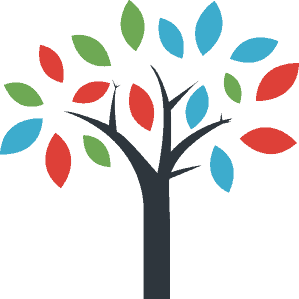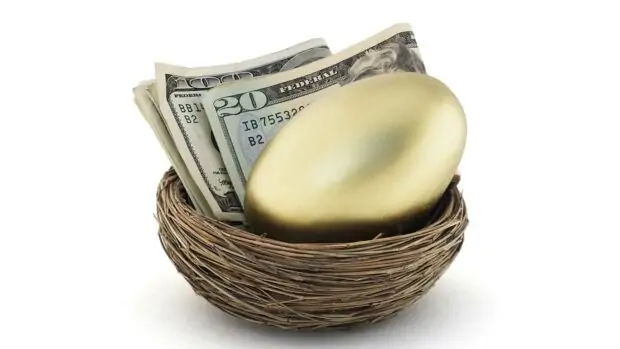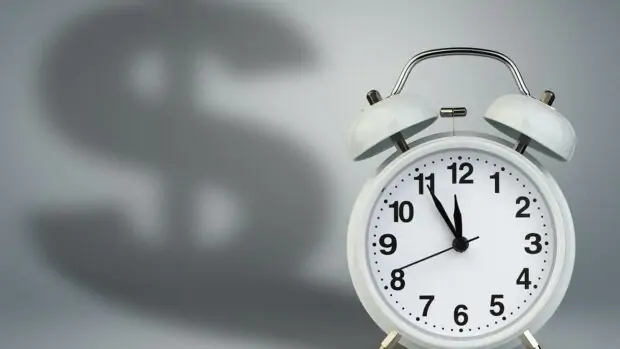Dealing with debt isn’t easy, especially if you’ve owed enough money to find yourself in dire straits financially. It doesn’t help that so many people have never heard of relief options, like consolidation, income-driven repayment plans, and installment agreements. Not until they need them, that is.
That makes for a steep learning curve right when you need fast, decisive action. Luckily, you’ve come to the right place.
We created this quick-start guide to help you take control quickly by taking the right steps to get started. Debt.com knows debt. Now you can, too.
What is debt?
Debt is generally defined as something owed to another. It’s money owed that you are responsible for repaying.
When a person wants to purchase goods or services but doesn’t have the money right then, they borrow it from a bank or lending institution and agree to pay that money back within a fixed or flexible period of time.
Because someone is lending you the money, you are usually obligated to pay that money back with interest and fees added. That’s how lenders turn a profit.
Types of Debt
Different types of credit generate different types of debt
There are several key factors that distinguish different types of credit:
Installment versus revolving
- An installment debt is when you borrow a lump sum and your repayment is a fixed monthly amount paid over a specific time period. Loans such as mortgages, auto, and personal are examples of installment debt.
- Revolving debt is when you have access to a set amount of funds but you only borrow what you need, also called a line of credit. Credit cards and HELOCs are the best examples, you have a limit on what you can borrow but you don t have to use it all. Repayment for revolving credit requires a minimum amount paid back each month with interest over time.
Secured versus unsecured
- Secured debt has collateral held until repayment. Mortgages and auto loans are the most common. If the loan is not repaid, the collateral can be taken back such as repossession or foreclosure.
- Unsecured debt is lent at greater risk because there is no collateral held in case of non-payment. Unsecured debt usually has a higher interest rate to offset the risk the creditor is taking. Credit cards and personal loans are the best examples. If you fail to pay the only recourse the creditor has is to sue. Technically tax debt is unsecured but, the government has the ability to garnish your tax return or wages to recoup debt.
Learn more about different types of credit »
Good debt versus bad debt
Another important distinction is whether a debt is good or bad. It may seem like all debt is bad debt when it’s giving you trouble. However, certain types are good for your credit and your ability to move forward in life.
How much do you really know about debt?
The more you know about debt, the easier it is to manage it. The second part of this guide is designed to help you see how much you know, so you can start building a solid knowledge base to work from. So, let’s see how much you know…
How much is too much debt?
The ideal debt-to-income (DTI) ratio is 36% or lower. Anything about 43% is considered too high.
For example, if your monthly gross income is $10,000, and your monthly payments on credit cards, mortgage, and other loans totals $3,000 – your DTI is 30%.
If that hypothetical monthly payment was $5,000, your DTI would be 50%, which is much higher that the recommended debt-to-income ratio. Don’t feel bad if your DIT is in that neighborhood, many people are, according to a report on consumer debt from credit bureau Experian.
- Mortgage: $241,815
- Home equity line of credit (HELOC): $41,838
- Student loan: $38,290
- Auto loan and lease: $23,479
- Credit card: $6,365
You’re afraid to check credit card balances
If you avoid checking credit card balances because you know they’re high, that’s a sure sign you have too much debt. But that doesn’t mean you have to carry all that debt forever.
Create a debt repayment plan. It’ll help you conquer fear of the unknown, which in this case is the total amounts you owe. Meet with a credit counselor at a free or nominal-free nonprofit credit counseling agency for advice on how to pay off debt. The counselor can help you create a debt payoff plan to get back on track to a lower DTI.
Find out: Setting Up a Debt Repayment Plan That Works
You need credit cards just to get by
Using credit cards to make ends meet feels like an endless loop. You may pay the credit card balance, but then need groceries, gas, and all your other living expenses. What can you do when all of your money to credit card bills or loans? The convenience of credit cards makes it easy to get trapped in a debt cycle.
If your credit card debt keeps rising each month, take a close look at your monthly budget to find ways to lower monthly expenses. Maybe you could move to an apartment with lower rent or downsize to a smaller home with a smaller mortgage payment and lower maintenance costs.
Can you dine out less by preparing more meals at home? Make meal plan shopping list before you hit a discount grocery store. Create a budget so you know where all your money is going and expenses you can cut to free up money to pay off debt.
Find out: How to Pay Off Credit Card Debt Faster
Bill collectors are calling
Nothing screams “you’ve got too much debt” like being hounded by bill collectors. Even if your debt is out of control, don’t get discouraged. Become proactive instead by meeting with a credit counselor at a nonprofit free (or nominal fee) credit counseling agency. The counselor can help you create a budget and a realistic debt payoff plan.
Find out: The Ultimate Guide to Debt Settlement
You have trouble paying bills on time
Payment history is one of the biggest factors (35%) in calculating your credit score, so paying late can seriously damage your credit. The ideal debt-to-income (DTI) ratio for all expenses – including mortgage or rent, loans and credit cards – should be lower than 36 percent according to personal finance site Bankrate.
For example, if your monthly debt payments are 3,000, and your monthly income is $6,000, your DTI would be 50 percent. If you knock the debt down to $2,000, your DTI would be 33 percent, which is within the ideal debt-to-income ratio.
Find out: Take These 4 Steps to Catch Up On Bills When You’ve Fallen Behind
You can’t save for emergencies
If you have a lot of credit card debt, maybe you’ve had to charge car repairs, medical bills or other unexpected expenses on credit cards. When you have an emergency fund, you can avoid adding more credit card debt. That way, you can work on paying off the debt you already have.
Find out: 8 Signs You Need to Fatten Your Emergency Savings
You can’t save for financial milestones
Want to buy a house but can’t scrape together even $1,000 to start saving for a down payment? All those credit card bills and loan payments may be holding you back. The less debt you have, the more you can save to buy a house, start a family or achieve other financial goals.
Find out: How to Save for a Home While Paying Down Debt
You haven’t saved for big year-end bills
When December rolls around, the month can bring bills for thousands of dollars in property taxes for many homeowners. Ideally, you should divide the estimated bill by 12 and set aside that amount every month for the large bill. When you have too much debt, it’s easy to forget about big year-end obligations.
Find out: Ready for Homeownership? 8 Steps to Prepare Your Finances
Your credit score dropped
Even if you make all payments on time, your credit score can go down if you have too much debt. That’s because your credit card utilization rate – the amount of revolving debt to your available credit – accounts for 30 percent of your credit score.
Experts recommend keeping your credit utilization ratio below 30 percent to maintain a higher credit score or raise your current score.
Your mental health suffers
Do you lie awake at night worrying about how you’ll pay off all your credit cards? Maybe you’re ashamed of your debt, hide it from others or you feel there’s no way out. If so, you’re not alone.
People with debt are three times as likely to experience depression, anxiety and stress over financial worries, according to a 2020 study by AIMS Public Health. If your debt burden is affecting your mental health, it’s time to talk to someone.
Meeting with a nonprofit credit counselor is a good start. That way, you can set debt payoff goals and see light at the end of the tunnel. You may also want to meet with a license mental health therapist to explore why you overspend. That way, once you get out of debt, you can stay on track financially.
Find out: How to Cope with Financial Stress
What can I do if I have too much debt?
If your debt is getting in the way of saving for financial goals and paying off at least a portion of the full amount to free up money, you likely have too much debt.
Not sure of your debt-to-income ratio? It’s easy to find out using an online debt-to-income calculator. If you’re above 36 percent, you’ve got some work to do on reducing debt. Don’t beat yourself up over it, though. Just start taking steps to chip (or hammer) away at certain debts until most of your money isn’t going towards paying debt.
Once you get rid of credit card debt and pay off car and student loans, you’ll be amazed at how much extra money you have each month. Then take some of that extra cash and put it into savings accounts for big purchases, retirement and emergency savings.
Step 1: Take stock of where you are
You don’t always pay close attention to your balances and budget when you’re just trying to stay afloat. But you need to know where you stand, so you can map out a good strategy to become debt-free.
Know your debt
Start with the basics. Use this worksheet to write down the current balance, APR and status of each debt you owe.
Know your budget
You also need to review your budget to see how much cash flow you have to help you achieve your goal. If you don’t have a budget yet, use our free budget guide to find tools that make budgeting easy.
Know your credit.
Finally, you’ll need to know where your credit stands. You can find a range of free and paid tools for checking your credit in our credit monitoring guide.
Step 2: Prioritize, divide and conquer
Now that you know where you stand, you can start to plan.
Consider consolidation if you have good credit
If you have good or excellent credit, start by looking at consolidation loans. You take out a new loan to pay off all your existing balances. You can consolidate most types of unsecured debt, including:
- Credit cards
- Gas cards
- Store cards
- IRS and state back taxes
- Child support arrears
Some lenders also allow you to roll in student loans. This will help you simplify your financial life by combining all your bills into one payment. With good or excellent credit, you can get the lowest interest rate possible, so you can get relief as quickly as possible.
What to do if you really can’t afford your payments
If you’re struggling to make ends meet, then you may need to explore solutions that can help lower your payments. Once you get into professionally-supported solutions, you usually have to deal with different types of debt separately.
- Debt management plans and settlement programs help with credit cards
- Federal repayment plans, loan forgiveness, and private settlement work student loans
- The IRS fresh start imitative can help you with back taxes
- The IRS fresh start imitative can help you with back taxes
- The IRS fresh start imitative can help you with back taxes
You should also consider bankruptcy. Most people do everything they can to avoid fling, but in truth, bankruptcy can be a good way to turn a corner with your financial situation.
Step 3: Talk to the right professionals
Once you understand your options, you can start contacting the right people to get the help you need.
Most financial services start with a free evaluation to make sure you’re a good fit to use that solution. This also gives you a chance to ask questions and get a feel for each company.
This part is easy. Debt.com can connect you with a full range of accredited relief services. So, with just one phone call, you can get in touch with all the professionals you need.







